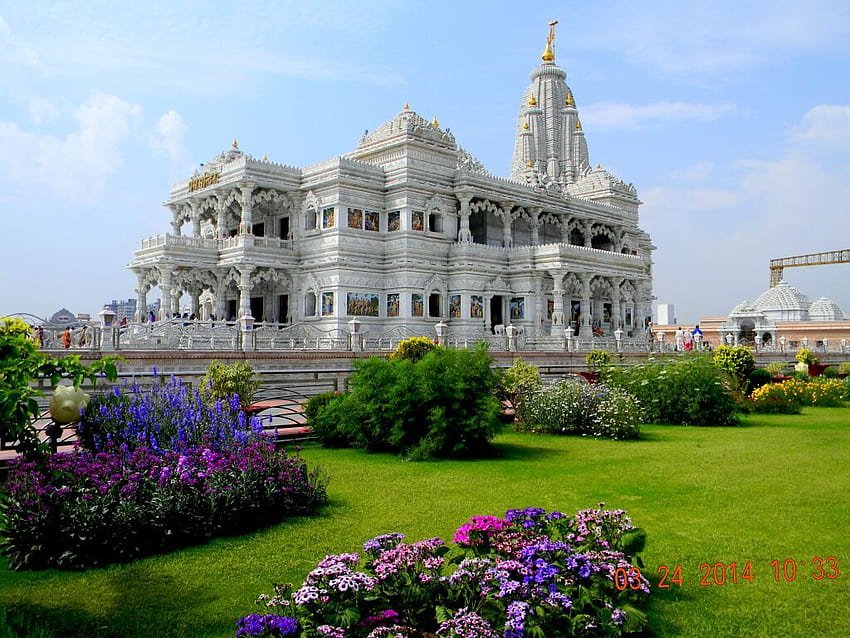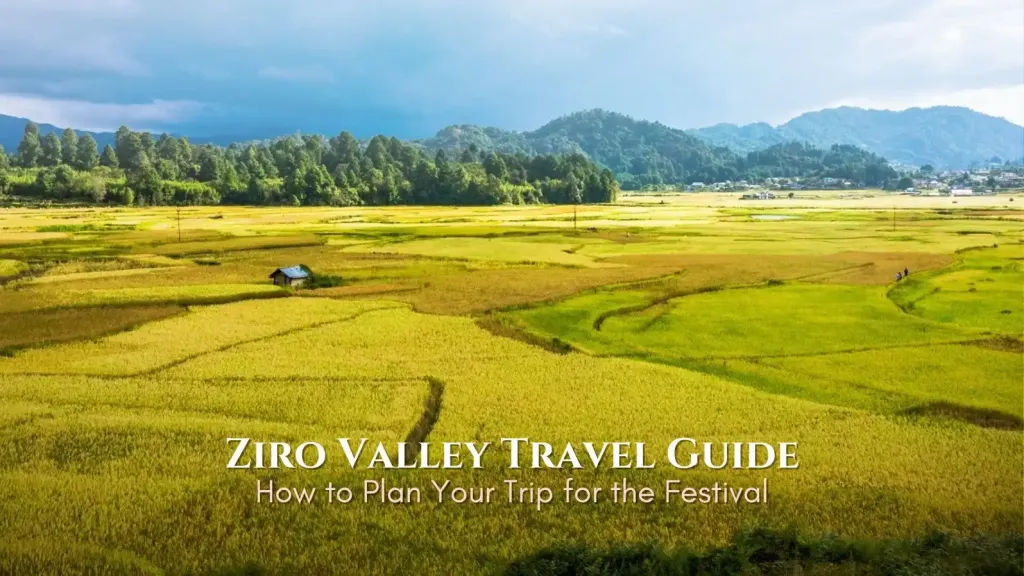This town in the very western part of India-the very sacred town of Vrindavan-adorns the tranquil banks of Yamuna River, India. It is here where the threads of spirituality, history, and culture weave to form a unique fabric of devotion and tradition. It is here that Lord Krishna used to play around with other divine beings, where divine glory still lives all the time even though it’s not visibly seen by the ordinary eye: the common public, over and above tourists, comes pilgrimage, researchers, and everyone interested in experiencing a much deeper connection with India’s rich religious heritage.
Historical Significance
Histories of Vrindavan go back deep into ancient scriptures and legends, particularly the childhood of Lord Krishna. As per Hindu tradition, young Krishna performed his divine pastimes (leelas) in the serene groves and beside the banks of the Yamuna, enchanting the cowherd maidens (gopis) with his flute and playful pranks. These tales have been recorded in grand texts like the Bhagavata Purana and handed down through generations, shaping the spiritual history of Vrindavan.
This little town gained that prominence as a pilgrimage site with the Bhakti movement in the 16th century. Saints and devotees like the revered Six Goswamis of Vrindavan built temples and ashrams reviving the places associated with Krishna’s leelas. Their contribution laid the foundation of Vrindavan’s mooring in history as a center of Vaishnavism (devotion to Lord Vishnu and his incarnations).
Architectural Marvels
Vrindavan possesses numerous temples that narrate stories of devotion and architectural brilliance:
Shri Radha Madan Mohan Temple: Constructed in 1580, this is among the oldest temples in Vrindavan. It is situated near the Yamuna River and dedicated to the form of Krishna known as Madan Mohan. Built in Nagara style and with a height of 50 ft., the red sandstone structure of the temple displays the architectural proprieties of the time.
Shri Radha Damodar Temple: One of the seven most important temples in Vrindavan, it was constructed by Jiva Goswami in the year 1542 A.D. It contains the deities of Radha Damodar and is extremely important spiritually, with samadhis (tomb) of some important Gaudiya saints present in its compound.
Prem Mandir: A relatively recent addition, Prem Mandir is a spiritual complex dedicated to Radha Krishna and Sita Ram. Built completely out of Italian marble, it possesses intricate carvings, and the evening light shows have been famously attracting visitors from around the world.
Cultural and Spiritual Festivals
Vrindavan’s calendar is replete with festivals that draw devotees and tourists alike:
-
Holi: Celebrated with unparalleled fervor, Vrindavan’s Holi is legendary. The town becomes a riot of colors as people smear each other with gulal (colored powder) and dance to traditional songs. The celebrations are deeply symbolic, representing the divine love between Krishna and Radha.
-
Janmashtami: Marking the birth of Lord Krishna, Janmashtami is observed with midnight prayers, devotional songs, and reenactments of Krishna’s early life. Temples are beautifully decorated, and the atmosphere is charged with devotion.
-
Radhashtami: This festival celebrates the birth of Radha, Krishna’s beloved consort. Devotees gather in temples to sing hymns and offer prayers, emphasizing the significance of divine love and devotion.
Braj Cuisine
The culinary traditions of Vrindavan, part of the larger Braj region, are a reflection of its spiritual ethos. Braj cuisine is predominantly vegetarian, aligning with the principles of Satvik food, which emphasizes purity and simplicity. Key elements include:
-
Dairy Products: Given Krishna’s association with cowherding, dairy is central to Braj cuisine. Dishes made from milk, yogurt, butter, and ghee are prevalent.
-
Sweets: Delicacies like peda (a sweet made from condensed milk) and malpua (a sweet pancake) are popular offerings in temples and are integral to festive occasions.
-
Staple Foods: Simple preparations like khichdi (a rice and lentil dish) and various breads accompany meals, reflecting the region’s agrarian roots.
Pilgrimage and Tourism
Vrindavan’s spiritual ambiance attracts millions of pilgrims annually. The town offers a blend of ancient traditions and modern amenities to accommodate visitors:
-
Parikrama Paths: Devotees undertake circumambulation (parikrama) of sacred sites, such as the Govardhan Hill and the town itself, as acts of devotion.
-
Yamuna Aarti: Evenings along the Yamuna River are marked by aarti (devotional rituals with light), creating a mesmerizing experience for attendees.
-
Ashrams and Guesthouses: Numerous ashrams provide accommodations and spiritual guidance, catering to both short-term visitors and long-term seekers.
Conservation and Challenges
While Vrindavan thrives as a spiritual hub, it faces challenges typical of rapidly growing pilgrimage sites:
-
Environmental Concerns: The Yamuna River’s pollution levels have raised alarms among environmentalists and devotees alike. Efforts are underway to rejuvenate the river and maintain its sanctity.
-
Urbanization: The influx of tourists has led to rapid urban development, sometimes at the expense of Vrindavan’s traditional architecture.
Conclusion
Vrindavan is more than just a geographical location; it is a timeless realm of devotion, history, and spirituality. The town’s sacred temples, enchanting festivals, and rich cultural heritage make it a unique destination for pilgrims and travelers alike. While modern challenges persist, the essence of Vrindavan remains unchanged—a place where the divine presence of Lord Krishna continues to inspire and uplift countless souls. For those seeking a spiritual retreat or an immersion into India’s devotional culture, Vrindavan stands as an eternal testament to faith and love.
Also Read: Taj Mahal: A Timeless Testament to Love and Architectural Brilliance


